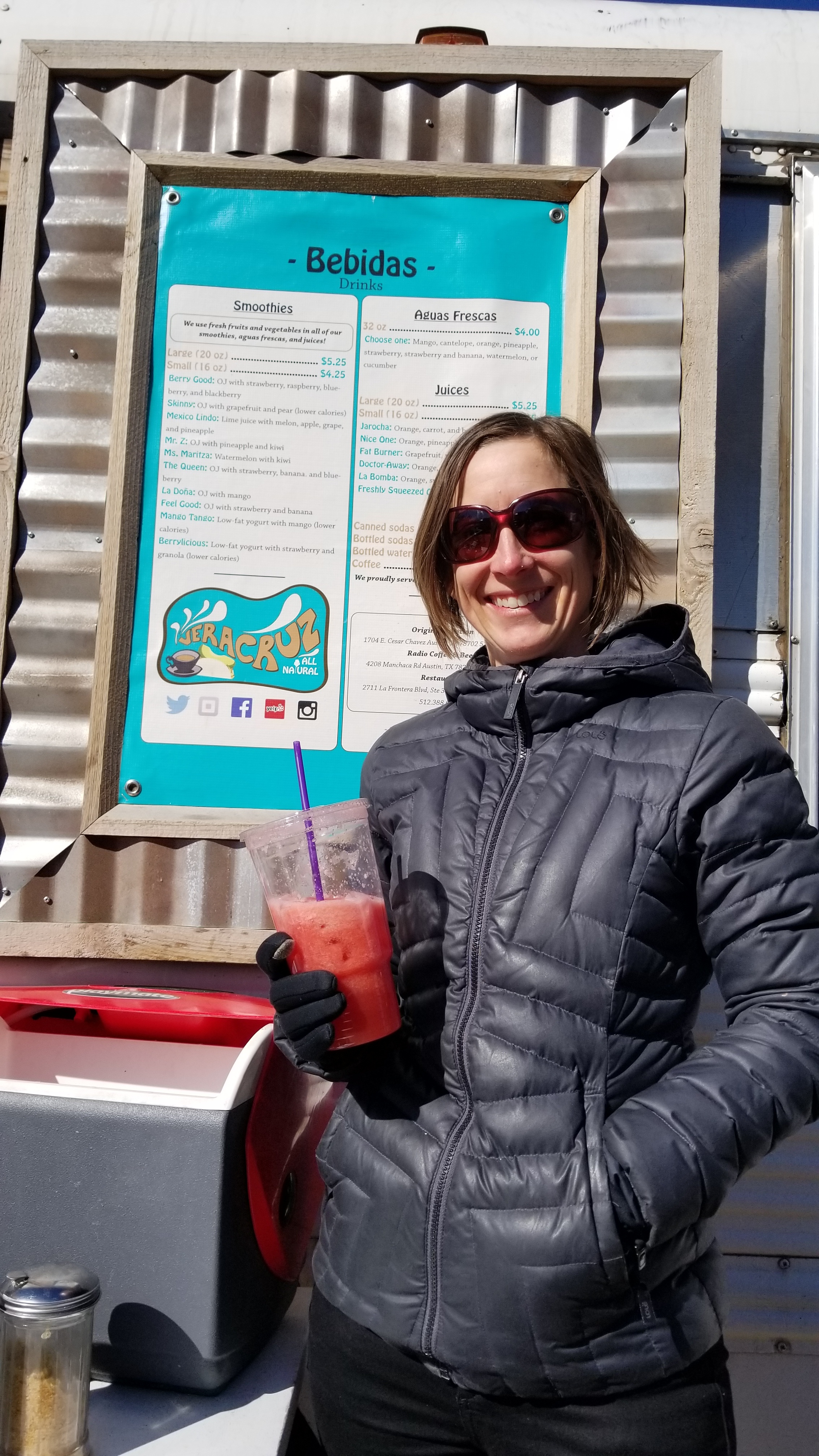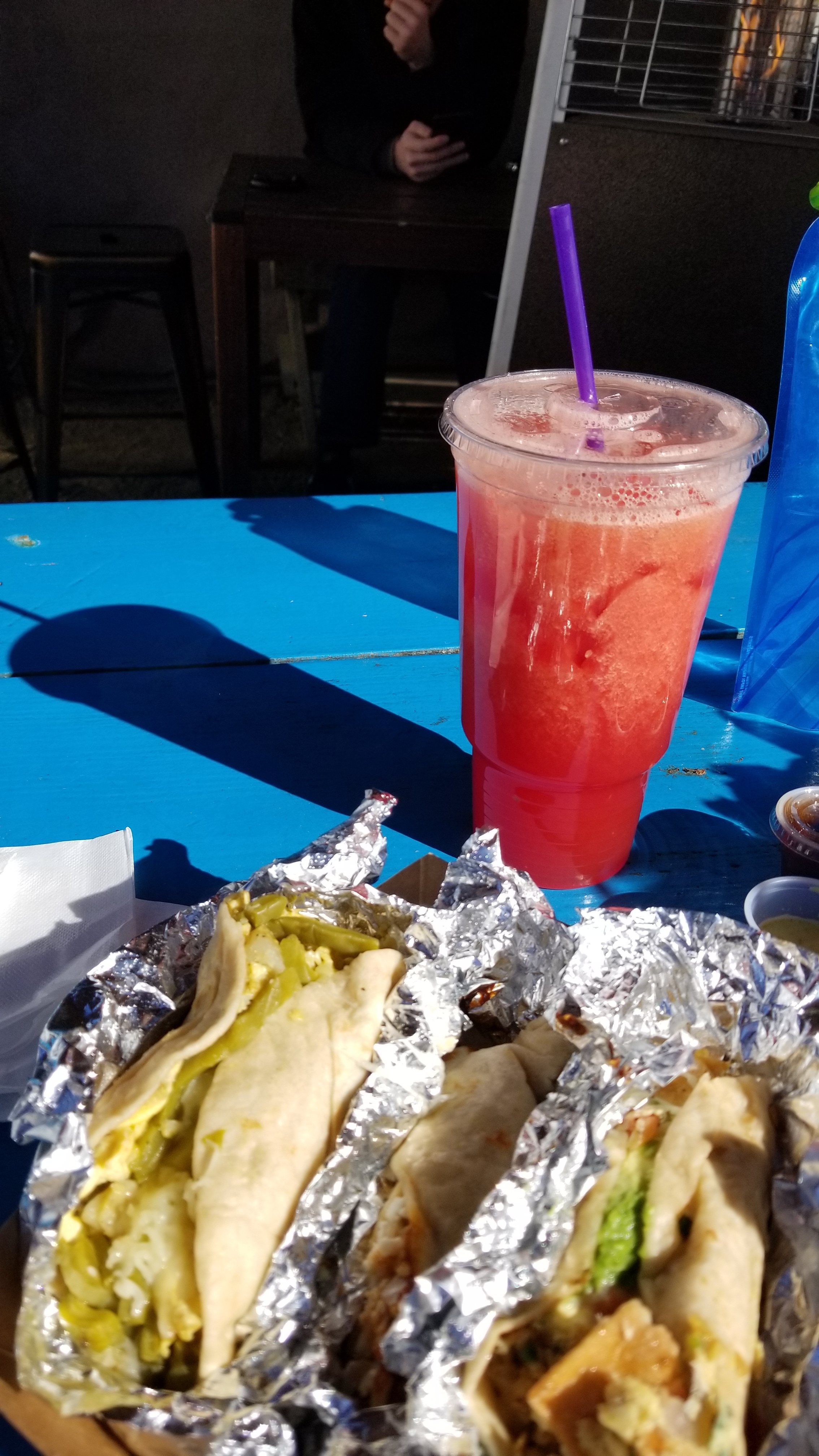Teva's Travels: Austin Edition
As I close my first year at Metro Caring, I’m also wrapping up the final year of a Livingston Fellowship (through the Bonfils Stanton Foundation) which encourages me to learn, grow and travel. In coming to Metro Caring, I’d moved from the anti-poverty world more generally to the anti-hunger world more specifically, so I leveraged my remaining Fellowship resources to immerse myself in the anti-hunger/food justice/food sovereignty world.
Austin kept coming up as a city at the forefront of what has been dubbed the food sovereignty movement, with academics and a handful of nonprofits working to improve access to fresh, healthy food for all residents. (Food Sovereignty is the concept that people have a right to healthy and culturally appropriate food, produced in an environmentally friendly manner, and a right to determine their own food and agricultural systems. The food sovereignty movement is an international coalition of food justice, anti-hunger, environmental, labor, faith-based and human rights groups working to create a more equitable and sustainable food system.) So, I took a trip to Austin to meet with Raj Patel, a leading academic at the Lyndon B Johnson School of Public Affairs and hear his thoughts from a big picture perspective and to visit a variety of community efforts (Farmshare Austin, Go Austin/Vamos Austin, the Sustainable Food Center, L’Oca d’Oro, and Urban Roots Austin) to gather on-the-ground inspiration.
In addition to glimpsing varied approaches to food systems work, I learned that Austin and Denver are undergoing similar growth patterns and side effects. The fast and furious growth generates strong employment numbers, buzzing arts scenes, and expanded food and entertainment options with a downside: spikes in housing prices, a severe shortage of affordable housing stock, and pressures on already untenable childcare and transportation costs, which squeeze many residents to a breaking point. Low-income workers and people of color are getting displaced from historic neighborhoods proximal to downtown. The underbelly of the vibrant, exciting energy palpable at the hottest restaurants and coffee shops is that the people working in them can no longer afford to live in their communities.
What I've returned to after these conversations and tours, is that the root causes of hunger do not vary much from the root causes of poverty. Some additional insights I'm gaining in the food sovereignty world, in particular, are around how the food system is set up with inverse subsidies and other economic constructs that make good food expensive and inaccessible, and high-calorie, nutrient vapid food cheap and accessible.
Now, several months after my return, I want to be sure to take the time to share the highlights:
3. L’Oco d’Oro is the bomb (and socially responsible). On Raj’s recommendation (read on for more about him), I went for happy hour. They strive to pay a livable wage, source local, in-season, sustainable fare, and educate customers. Plus, they serve some downright tasty appetizers.
2. GoAustin!VamosAustin! (GAVA) - Carmen Llanes-Pulido and her team at GAVA impressed and inspired me. Born as a collaborative initiative of a local foundation, they describe themselves as a place-based coalition of residents, community leaders, and nonprofits working to improve health of communities. Carmen grew up in the community in a bilingual, activist-artist home. She knew the power of her community from growing up in it, and decided the best way to advance her group’s directive was to use community organizing and institutional alignment to build community power for health equity, including healthy food access and nutrition. Their staff of nine (up from two) includes seven community organizers, mostly bilingual and from the community and, in coalition with other community and organizing groups, they are making a measureable dent in health disparities in Austin’s low-income communities of color.
1. Raj Patel - Every bit the passionate intellectual powerhouse in person as in his documentary cameos. He is also funny and warm. He dubbed my Livingston Fellowship experience my "Great Activist Tour" and asked thoughtful, challenging questions.
His analysis in one paragraph: hunger (and its flip side of obesity) manifest as a symptom of poverty, perpetuated by a broken system constructed of low wages, an appallingly inadequate social safety net, out-of-reach housing costs, a subsidized economic structure that renders crappy food cheap and good food expensive, and systemic racism. In his research and travels, community and worker organizing consistently arise as the most effective tactic for the type of systems change that is needed to address these root causes. In addition to the campesino movements, he mentioned the Poor People's Campaign and Black Lives Matter as successful examples of contemporary organizing for change that are gaining traction.
Raj challenged what we could do as an anti-hunger nonprofit. He noted that the anti-hunger world has operated for too long in the framework of traditional charity and overly simplistic analysis, confusing hunger-relief with anti-hunger work. He wondered if we could break out of the “non-profit industrial complex” to truly innovate, build equity and address root causes. We talked about The Stop, and our shift from doing for to doing with, and he expressed hope and support for the direction we’re heading. He said he looked forward to seeing what we could get done.


